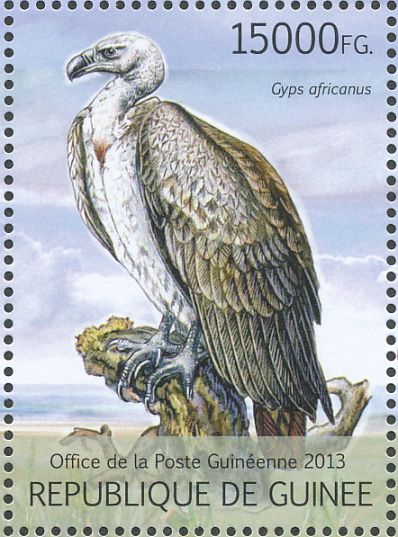Throughout the 1990s and 2000s, South Asia’s vulture populations underwent catastrophic declines, the vultures dying while performing their most essential and valued ecosystem service to humans: disposing of cattle carcasses. These remains would otherwise be left to feed and boost the populations of problem scavengers like feral dogs, or cost the government untold sums to clean up. The main reason for these devastating deaths was a veterinary drug called diclofenac: a painkiller for cattle, but a poison to vultures. Today, three of India's resident vulture species - the Slender-billed Vulture Gyps tenuirostris, White-rumped vulture Gyps bengalensis and Indian Vulture Gyps indicus - are considered Critically Endangered, despite formerly numbering tens of millions.
But how many of these beleaguered birds of prey actually remain? That’s what conservationists have been trying to find out. The Bombay Natural History Society (BNHS – BirdLife in India) and the RSPB (BirdLife in the UK), working as part of Saving Asia’s Vultures from Extinction (SAVE), have been monitoring these species since before the crash. Every four years, they set out on a survey of epic proportions, covering 15,500km of road in 13 states across India, counting individual vultures of each of the three species. According to Dr Vibhu Prakash, lead author of the paper and Principal Scientist for the BNHS: “The new best estimate of population size for all three species is much lower than previously thought. In 2015, we estimate there were approximately 6,000 white-rumped vultures, 12,000 long-billed vultures and 1,000 slender-billed vultures. These numbers are alarmingly low.”
Source: Birdlife, 19 Dec 2017
https://www.birdlife.org/worldwide/news/new-study-india-may-have-even-f…

- Login om te reageren
